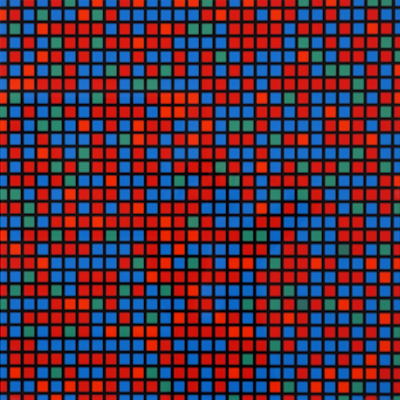Ludwig Wilding
Alison Wilding (UK, 1948) is a contemporary sculptor known for her innovative use of materials and forms. Combining wood, metal, resin, and other elements, her works explore contrasts like light and shadow or fluidity and solidity. Wilding’s abstract sculptures often evoke a sense of mystery and poetic tension.
- Recently Added
- Price (Low-High)
- Price (High-Low)
- Year (Low-High)
- Year (High-Low)

Artwork by Francois Morellet
What is geometric abstract art?
Geometric abstraction is a form of abstract art that uses geometric shapes arranged in a non-illusionistic space (though not always) and combined into non-representational (non-objective) compositions. Based on years of artistic research, some artists have proposed that geometric abstraction offers a solution to modern challenges by rejecting traditional illusionistic practices in favor of clarity and simplicity.


















